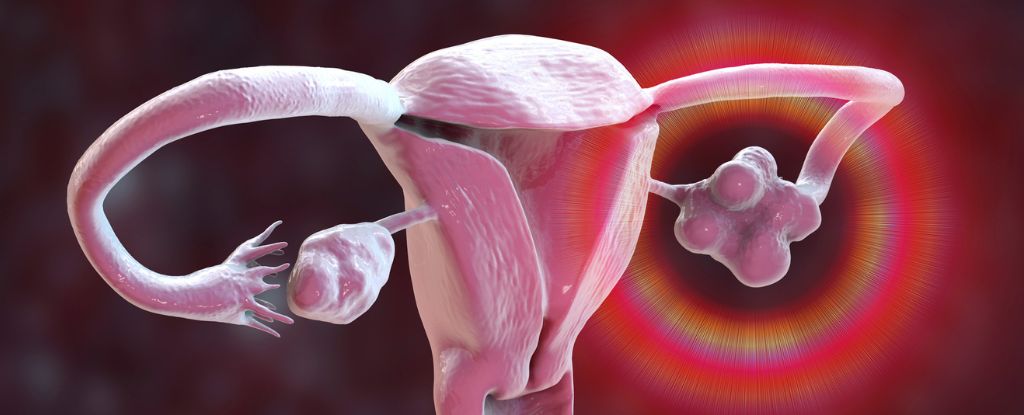New research highlights a significant health risk associated with hysterectomy procedures. A recent meta-analysis encompassing data from over 2 million individuals reveals that women undergoing a hysterectomy to remove the uterus and cervix face a 5 percent increased risk of stroke compared to those who do not have the surgery. The study further indicates that women who have both their ovaries removed—known as a bilateral oophorectomy—experience an alarming 18 percent higher risk of stroke.
Hysterectomies and oophorectomies are among the most frequently performed surgical procedures for women in the United States. Despite their commonality, there remains a concerning lack of understanding regarding the long-term health implications. While these surgeries often address non-terminal conditions, emerging evidence suggests they may have serious, life-altering consequences for the body and brain.
Stephanie Faubion, medical director for The Menopause Society, emphasized the importance of these findings, stating, “The results highlight that these common procedures carry longer-term risks. They also call attention to an opportunity for more careful assessment of cardiovascular risk and implementation of risk reduction strategies in women who undergo these surgeries.”
Traditionally, hysterectomies have been considered a last resort for serious gynecological conditions, including cancer, prolapse, endometriosis, postpartum hemorrhage, and uterine fibroids. However, prior to the turn of the century, it was common practice in the United States to remove both ovaries during a hysterectomy. Only in recent decades has research begun to indicate potential dangers associated with this approach.
A pivotal study conducted in 2009 found that women who had both ovaries removed as part of a hysterectomy for non-cancerous conditions faced a significantly increased risk of mortality from various causes, including coronary heart disease and lung cancer. Specifically, these women encountered a 14 percent higher risk of stroke compared to those who retained their ovaries. The underlying reason for this association remains unclear, but some scientists propose that the hormonal functions of the ovaries may play a critical role, linking these outcomes to premature menopause.
Current medical guidelines generally advise against the removal of both ovaries in pre-menopausal patients unless they face serious threats, such as cancer. Still, the relationship between oophorectomies and stroke is complex and may be influenced by factors such as the age at surgery, the use of hormone replacement therapy, and varying definitions of stroke.
In 2018, some researchers posited that younger women who underwent oophorectomy and utilized estrogen replacements did not demonstrate an increased stroke risk. Contrastingly, a 2024 meta-analysis indicated a clear association between hysterectomy and stroke risk, particularly when both ovaries were removed.
To clarify these conflicting findings, researchers in China analyzed long-term national health data from the United States, focusing on more than 21,000 women from 1999 to 2018. They synthesized their research with data from 15 other studies for a comprehensive statistical comparison. Their analysis showed that while hysterectomy alone was not significantly associated with stroke risk, it did indicate heightened risk when both ovaries were removed. This suggests that some earlier studies may not have been equipped with sufficient sample sizes to detect a significant association.
The authors of the recent meta-analysis concluded, “The current study indicates that hysterectomy and/or bilateral oophorectomy are associated with an increased risk of stroke, underscoring that women who have had these surgeries should be closely monitored and require proactive preventive health measures for early signs of stroke.” They further advocate for clinical researchers to investigate safer surgical techniques or alternative treatments for conditions requiring hysterectomy or bilateral oophorectomy.
This significant study has been published in the journal Menopause, contributing to the ongoing conversation about women’s health and the importance of informed surgical decision-making.



































































